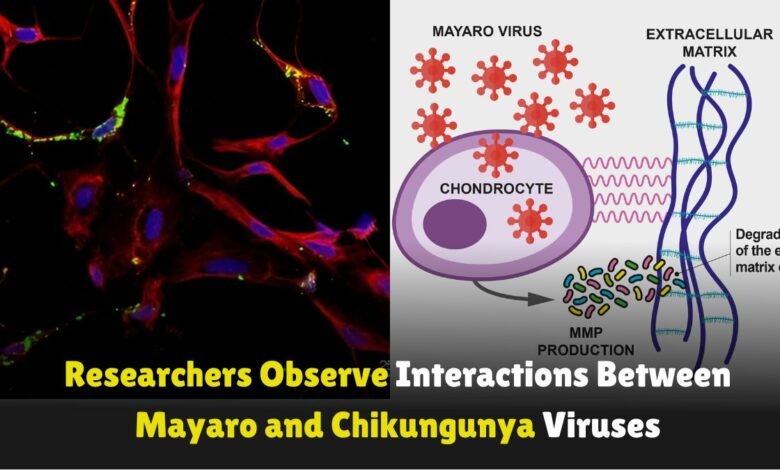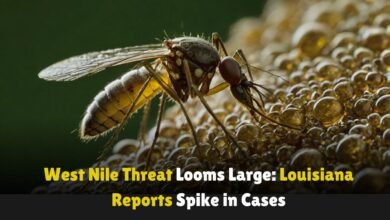Researchers Observe Interactions Between Mayaro and Chikungunya Viruses

A recent study conducted by a team of researchers has shed new light on the interactions between Mayaro and Chikungunya viruses, two mosquito-borne illnesses that can cause significant discomfort and pose potential health risks. These findings offer valuable insights into disease transmission and progression, while also highlighting potential areas of concern for public health officials.
Understanding the Co-existence
The study focused on observing how Mayaro and Chikungunya viruses interact within the same host (infected individual) or even within a mosquito vector. The findings revealed a complex interplay between the two viruses. In some cases, co-infection appeared to suppress the severity of Chikungunya symptoms, offering a glimmer of hope. However, the research also identified scenarios where co-infection could potentially lead to a more prolonged or even more severe illness.
Uncertainties and Areas of Further Research

While the study provides valuable insights, it also underscores the need for further research. The long-term effects of co-infection with these viruses remain unclear, and scientists are still working to understand how these interactions might influence transmission rates. Additionally, the research team emphasizes the importance of continued surveillance to monitor the geographical spread of both Mayaro and Chikungunya viruses.
Public Health Concerns
The findings of this study highlight the importance of public health preparedness for mosquito-borne illnesses. Effective mosquito control measures are crucial in preventing the spread of both Mayaro and Chikungunya viruses. Additionally, healthcare professionals need to be aware of the potential for co-infection and its possible impact on patient outcomes.
A Call for Continued Vigilance
This new research serves as a reminder that the world of viruses is complex and ever-evolving. By understanding how viruses interact, scientists can develop better diagnostic tools, treatment strategies, and ultimately, preventative measures. Public health officials will undoubtedly use these findings to inform their strategies for mitigating the spread of these mosquito-borne illnesses and safeguarding public health.
Further research is needed to fully understand the long-term implications of co-infection, but this study serves as a crucial stepping stone. By continuing to investigate these viruses and their interactions, we can move closer to a future where these illnesses pose a lesser threat.




